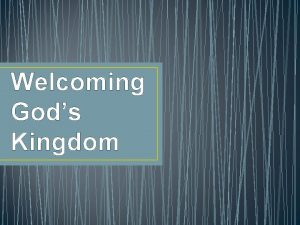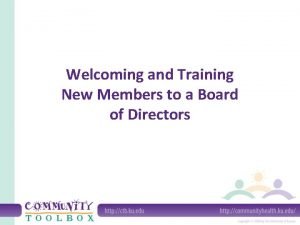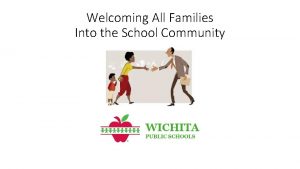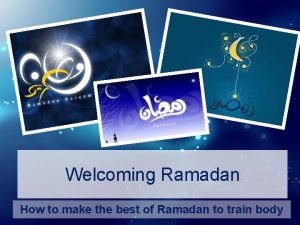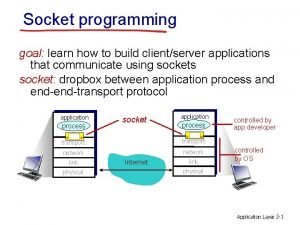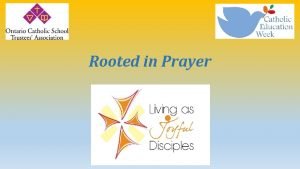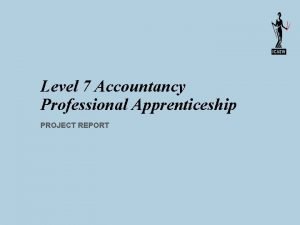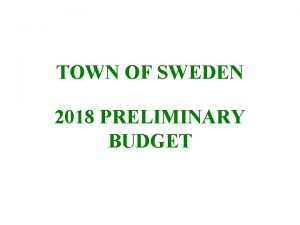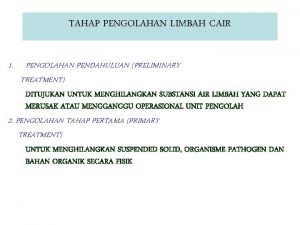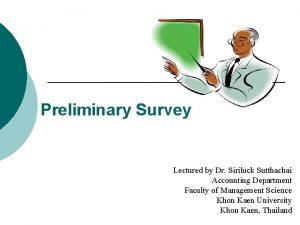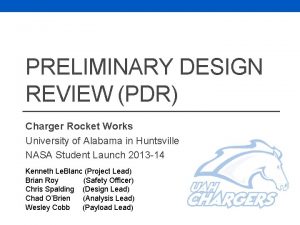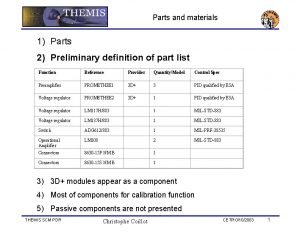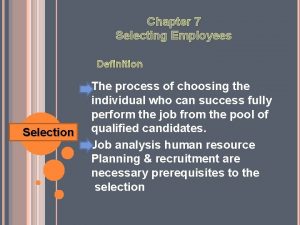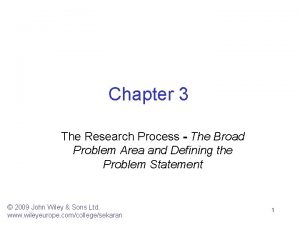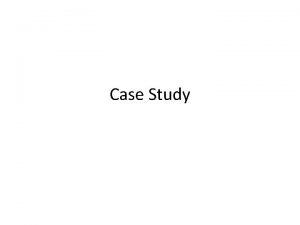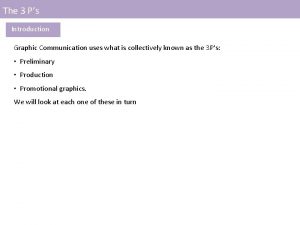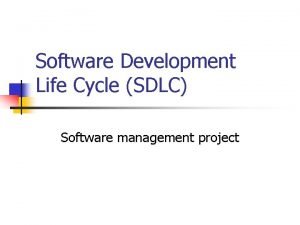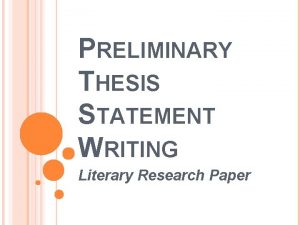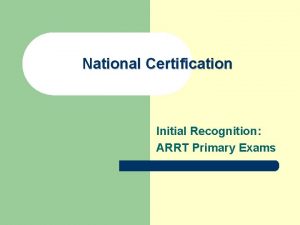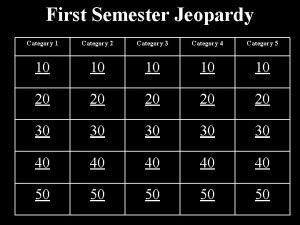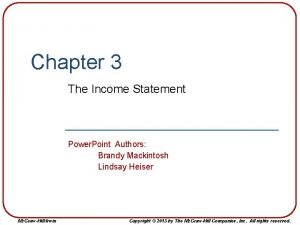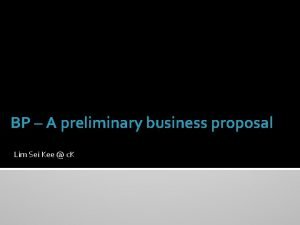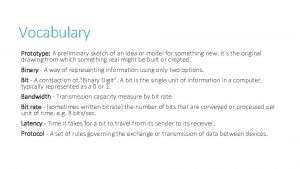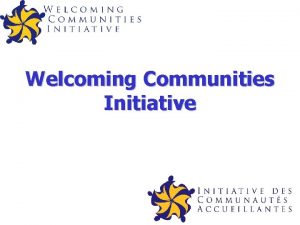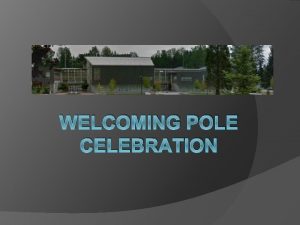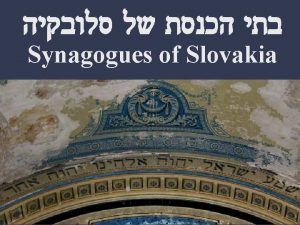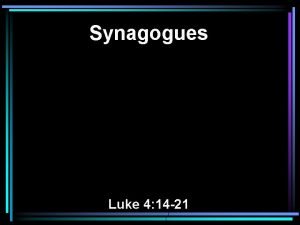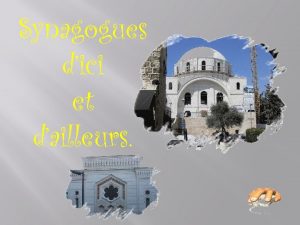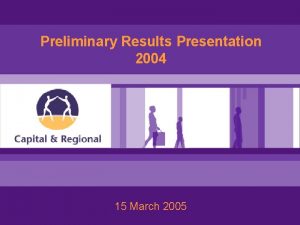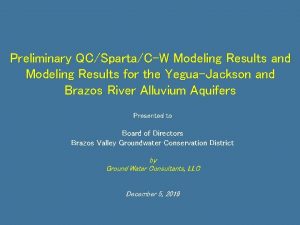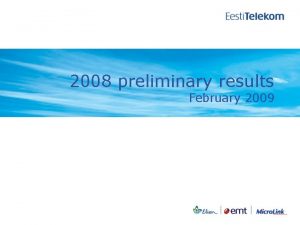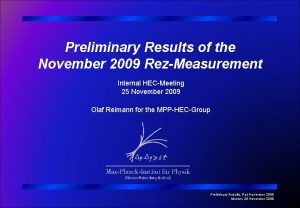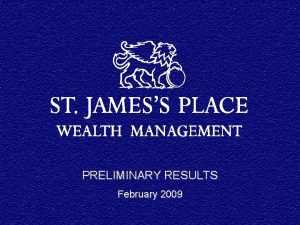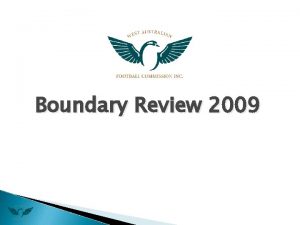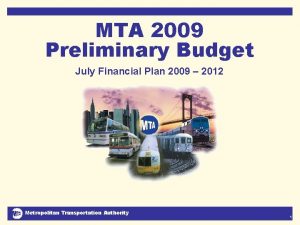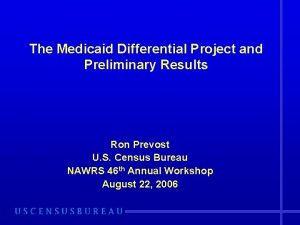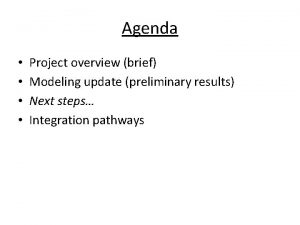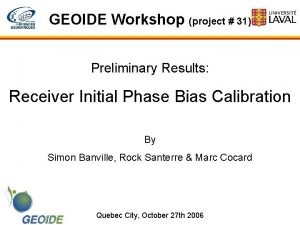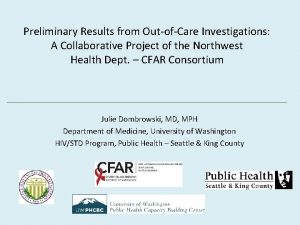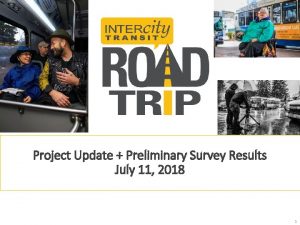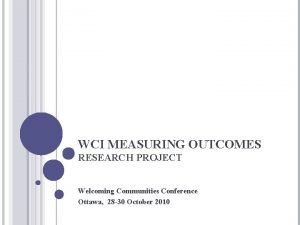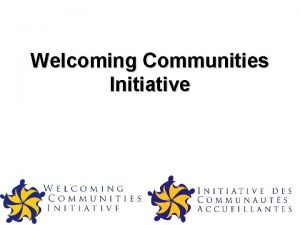Welcoming Synagogues Project Preliminary Results from the 2009
































- Slides: 32

Welcoming Synagogues Project Preliminary Results from the 2009 Synagogue Survey on Diversity and LGBT Inclusion Dr. Caryn Aviv Dr. Steven M. Cohen Dr. Judith Veinstein The Institute for Judaism and Sexual Orientation at Hebrew Union College-JIR Jewish Mosaic: The National Center for Sexual and Gender Diversity

Project Rationale n What: The Welcoming Synagogues Project seeks to create an LGBTwelcoming movement in Jewish congregational life across North America, using empirical data, process tools, and organizational change models. n Who: The Institute for Judaism and Sexual Orientation at Hebrew Union College-JIR and Jewish Mosaic: The National Center for Sexual and Gender Diversity have collaborated on every aspect of this multi-year Welcoming Synagogues Project. n Why: LGBT inclusion is part of a broader Jewish value of hachnasat orchim (hospitality) and ahavat Yisrael (love of Israel).

Framing Overview: Who are LGB Jews? (Cohen, Aviv, Kelman 2009)* n At least 7% of the American Jewish population is lesbian, gay, or bisexual (transgender not measured in this sample) n More LGB Jews in urban, western cities n 31% of LGB Jews are coupled, 11% with other Jews n 39% straight Jews belong to synagogues, while only 16% LGB Jews belong * “Gay, Jewish, or Both? Sexual Orientation and Jewish Engagement, ” Journal of Jewish Communal Service , Vol. 84, No. ½, Winter/Spring 2009, Profs. Steven M. Cohen, Caryn Aviv and Ari Y. Kelman

Research Goals n Assess state of, and baseline for, inclusion and diversity across all Jewish denominations n Identify: “What makes a congregation welcoming and inclusive? ” n Compare levels of LGBT inclusion in synagogue life with other populations

Online Survey n Over 3000 congregations across North America n 1221 total respondents and 997 congregations across all denominations n Rabbis, executive directors, board presidents n Comparative approach to diversity

Qualitative Interviews n Interviews with 45 participants across all denominations, plus 6 ‘best practice’ phone interviews n New York, Chicago, Atlanta, Phoenix, Los Angeles n Rabbis, Board Presidents and Members, Executive Directors n Focused approach: LGBT inclusion and best practices

Online Survey Sample: Denomination Orthodox 60 Conservative 248 Reform 465 Reconstructionist 59 Renewal 22 Secular Humanist 32 Independent 56 Other 25 Total 997

Online Survey Sample By Role Rabbis 760 President 109 Board Member 57 Executive Director 39 Cantor 33 Educator 20 Other Congregational Professional 25 Other 90 Total (includes missing) 1221

Denominational Distribution of Rabbis Denomination Orthodox N 54 Conservative 242 Reform 369 Reconstructionist 29 Other (Renewal, Secular Humanist, Independent/Unaffiliated) 63

Rabbis’ Gender Distribution Male Female 81% 19% Rabbis’ Age Distribution 65+ 55 -64 7% 34% 45 -54 30% 35 -44 21% 25 -34 8% Under 25 1%

Qualitative Interview Sample Role N Denomination N Rabbis 23 Orthodox Executive Directors 11 Conservative 10 Reform 17 Board President/Member 9 Educator 2 4 Reconstructionist 5 Other (Renewal, 9 Secular Humanist, Independent)

The 5 “P”s: Perceptions, People, Policies, Practices, Programs n Perceptions: what do rabbis think about: n n n Their congregations Diversity and inclusion of specific groups Their own views, knowledge, skills regarding LGBT issues? What should seminaries teach? People: n n n Who participates in congregations? What exposure do leaders have to LGBT people and issues? Who do congregations feel comfortable (or uncomfortable) about hiring?

Policies, Practices and Programs n Policies and Practices: n n n What do rabbis do (or not) from the bimah – lifecycle rituals and sermons? What language is included in mission statements and employment policies? Programs: n What do rabbis and congregations do (or not do) in terms of programming and outreach towards diverse groups of Jews?

Perceptions: Welcoming Gays and Lesbians n 73% of rabbis think their congregations do a good or excellent job welcoming gays and lesbians. n But only 31% of Conservative rabbis, and 49% of Reform rabbis, said their congregations are actively welcoming of gay and lesbian Jews to a great extent. n 24% (and most of the Orthodox rabbis) feel their congregations are minimally or not at all welcoming of gay and lesbian Jews.

Perceptions: Shifting Views n 47% of rabbis feel their current views on gay and lesbian issues are more favorable than they were 10 years ago. § 60% of all Conservative rabbis, 43% of all Orthodox, and 40% of all Reform rabbis, have more favorable views now. n The most important impacts: § § n deliberations within their movements (82%) interacting with gay or lesbian congregants (75%) interacting with gay or lesbian colleagues (70%) consulting with other clergy (73%). 47% of rabbis thought of the film "Trembling Before G-d" as having had an important impact on their views.

Perceptions: Rabbinic Education n Clear generational and denominational differences n n Younger Reconstructionist and Reform rabbis have learned about sexualities and LGBT issues in rabbinical school Majority of mid-career and senior rabbis have had minimal formal training about LGBT issues “I’ve always been open to discussing these issues, but being at (a Jewish institution of higher learning) and being with colleagues who were gay and lesbian in a very intensive study environment allowed me to go through this journey in a very pointed way. I had long talks with two openly gay rabbinic colleagues which changed my thinking. ” -Senior Conservative Rabbi

Perceptions: Rabbinic Education n The vast majority of rabbis think that seminaries should teach their students about diversity: § § § n 91% see a need for more teaching on disabilities 88% on converts 86% on racially and ethnically diverse Jews 78% on gay and lesbian Jews 72% on transgender Jews. 36% of rabbis feel they know very little about transgender persons and issues, 35% of whom are Conservative, and 28% of whom are Reform. n Reasons for more education vary: Improvement in pastoral counseling skills “It’s important to respond to the needs of whoever walks through our doors. ” n “This is an issue that will define Judaism in the 21 st century. ” n n

Perceptions: Ideas for Education n n Text study of Jewish sources Historical overview and perspectives about secular and religious LGBT issues Developmental psychology approach: coming out, families, aging Language and inclusion/exclusion issues Personal testimony and life experiences of LGBT Jews

People: Relationship Between Gay Congregants and Congregational Vitality? n From our data, we did not find a relationship between the presence of intermarried couples, gays and lesbians, and impact on congregational vitality. The best predictors of congregational vitality are: size of congregation, and the presence of young adults & single people. n Congregations are definitely graying, but not necessarily ‘gaying. ’ 99% of congregations have some or many adults over 60. Interestingly, 31% say they have no, or almost no, young adults in their congregations. n 58% of rabbis say their congregations have some or many gay and lesbian Jews, vs. 69% for racially and ethnically diverse Jews, and 85% people with disabilities.

Lesbian and Gay Jews as Congregants & Leaders n 41% of rabbis whose congregations pro-actively reached out to gay and lesbian Jews reported gaining members as a result and only 2% reported losing members. n Openly gay Jews have served on the boards of 36% of the congregations in the study, more than racially and ethnically diverse Jews (30%). n Rabbis in cities with LGBT-identified synagogues cited ‘competition’ for that population, and thus didn’t want to ‘encroach’ on others’ territory.

People: Lesbian and Gay Clergy and Staff n 4 congregations in interviews had openly gay clergy or executive directors. n n Survey: 42% of congregations would have some difficulties to hiring an intermarried educator, but only 39% would have some difficulties hiring a gay or lesbian rabbi. Survey: 14% of congregations have hired a gay or lesbian rabbi. n “So the congregation's "programming" profile doesn't explain the perception, in the community, of its openness and welcome to GLBT people; rather, it's my presence as the rabbi. ” –Survey Respondent n One synagogue with a current gay clergy would not consider hiring another gay clergy, to avoid being seen as ‘too gay. ’

People: Hiring gay & lesbian rabbis and educators, intermarried educators, by denomination

Policies and Practices: Lesbian and Gay Lifecycle Ceremonies

Policies and Practices: Inclusive Language in Mission Statements

Lesbian and Gay Programs n The majority of congregations offer no targeted programming aimed at lesbian and gay Jews. n Only 33% of rabbis report that their congregations have held programs or events related to gay and lesbian people. n Only 17% of congregations offer programs specifically for racially and ethnically diverse Jews

Programs: What’s Out There? n Most popular: marriage equality: 73% n Text-study on gay and lesbian issues in Judaism: 56% n "Trembling Before G-d“: 35% n Gay Pride Shabbat: 21% n Gay and Lesbian havurah groups: 16%

Conclusions: Perceptions n The majority of rabbis in congregations across denominations think their synagogues are already welcoming of lesbians and gays, but could do better. The majority of Orthodox respondents do not perceive their congregations to be welcoming. n Reconstructionist congregations ‘outperform’ other denominations on several measures of inclusion. n Sign of the times: A significant % of rabbis have shifted their thinking on LGBT issues and people in the past few years. n Need for more comprehensive rabbinic educational opportunities and conversation in denominations about potential hiring barriers for LGBT rabbis.

Conclusions: People n Some congregations might have little to lose, and potentially more to gain by becoming welcoming of LGBT Jews. n Does the presence of LGBT-outreach synagogues engender complacency or competition among other neighboring congregations? n Hiring LGBT staff sends a welcoming message, even if a congregation lacks LGBT programming.

Policies and Practices n Majority of non-Orthodox rabbis have urged social action on LGBT issues. n Majority of non-Orthodox rabbis have performed some form of life-cycle ritual for lesbian and gay congregants – more comfort than with interfaith ceremonies? n Few congregations have explicit LGBT-inclusive language in mission-statements.

Programs n Few congregations (only 33%) offer any LG-specific programs. n Marriage equality is the most common type of program, followed by Jewish text study. n No consensus or clear momentum among denominations or congregations about whether to offer such targeted programs.

Parting Questions/Challenges n 5 -10 years from now, what would truly LGBT welcoming and inclusive synagogues look like? n What different kinds of approaches and strategies are necessary that address specific denominational and congregational needs? n How does the movement get there to make this happen, and what can we learn from others?

Acknowledgements n n n n Additional Researchers: Dr. Tobin Belzer, Dr. Rachel Rockenmacher Synagogue 3000: Shawn Landres, Joshua Avedon, Rabbi Larry Hoffman, Dr. Ron Wolfson IJSO/HUC: Dr. Joel Kushner, Kenna Cottrill, Adam Greenwald Jewish Mosaic: Gregg Drinkwater, Stephanie Gunkel, William Recht, Karen Erlichman, Ruby Cymrot-Wu, Dr. David Shneer GLAAD: Ann Craig Additional acknowledgements: Rabbi Richard Address, Rabbi Shawn Zevit, Dr. Carl Sheingold, Debra Kolodny, Sarah-Kay Lacks Support for this project was provided by the Arcus Foundation, the Gill Foundation, the Evelyn and Walter Haas Jr. Fund, The E. Rhodes & Leona B. Carpenter Foundation, the Charles and Lynn Schusterman Family Foundation, and the National Gay and Lesbian Task Force
 Preliminary results example
Preliminary results example Welcoming tourist script
Welcoming tourist script Guest departure meaning
Guest departure meaning What is the kingdom of god in the old testament
What is the kingdom of god in the old testament New member training
New member training Welcoming all families into the school community
Welcoming all families into the school community Dua after ramadan moon sighting
Dua after ramadan moon sighting Welcoming socket
Welcoming socket Prayer for school opening
Prayer for school opening Results platform
Results platform Knowledge skill
Knowledge skill Preliminary budget
Preliminary budget Preliminary treatment adalah
Preliminary treatment adalah Preliminary survey audit
Preliminary survey audit Preliminary reference earth model
Preliminary reference earth model Preliminary design review example
Preliminary design review example Parts of preliminaries
Parts of preliminaries Mla research paper outline example
Mla research paper outline example Preliminary interview
Preliminary interview Broad problem examples
Broad problem examples Dodero company produces a single product
Dodero company produces a single product Blangkong pahina bago ang pamagating pahina
Blangkong pahina bago ang pamagating pahina Preliminary graphics
Preliminary graphics Goto/sdle
Goto/sdle Preliminary thesis examples
Preliminary thesis examples Dime and washer drills
Dime and washer drills Arrt preliminary score
Arrt preliminary score An image-development strategy; a preliminary drawing.
An image-development strategy; a preliminary drawing. A preliminary synopsis of a film's action is called
A preliminary synopsis of a film's action is called Determine junktrader’s preliminary net income.
Determine junktrader’s preliminary net income. Milady chapter 20 vocabulary
Milady chapter 20 vocabulary Preliminary business plan
Preliminary business plan Preliminary prototype
Preliminary prototype



